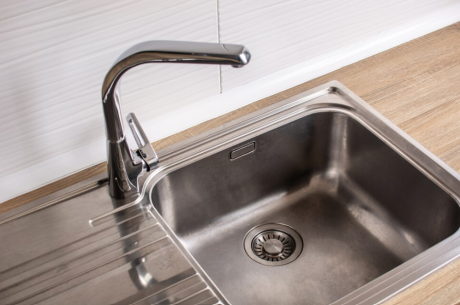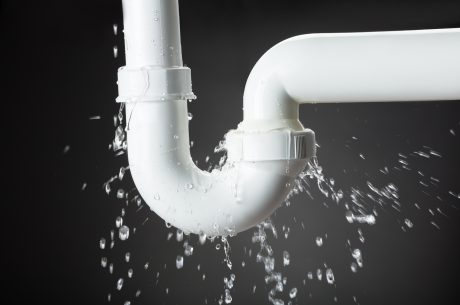How to Clean Water Purifier
Water purifiers play a crucial role in ensuring your family has access to clean, safe drinking water. Over time, however, sediment, contaminants, and even bacteria can build up in the purifier, reducing its effectiveness. Regular maintenance and cleaning are essential to keep it functioning properly and to ensure the water you drink remains pure.
In this post, we’ll guide you through the simple steps to clean your water purifier, helping you maintain its performance and extend its lifespan. Let’s dive into the process of keeping your purifier in top shape!
What is a Water Purifier?
A water purifier is a device designed to remove impurities, contaminants, and harmful substances from water, making it safe for drinking and other uses. These impurities can include bacteria, viruses, chemicals, heavy metals, and sediments that may be present in water sources such as tap water, wells, or natural streams.
Water purifiers use various filtration technologies, such as:
- Activated Carbon Filters – Remove chlorine, volatile organic compounds (VOCs), and unpleasant odors or tastes.
- Reverse Osmosis (RO) – Uses pressure to force water through a semipermeable membrane, filtering out contaminants like lead, mercury, and even salt.
- Ultraviolet (UV) Purification – Uses UV light to kill bacteria, viruses, and other pathogens.
- Ultrafiltration (UF) – Removes bacteria and larger particles while retaining essential minerals.
- Distillation – Heats water to a boil and collects the steam, leaving contaminants behind.
How to Clean a Water Purifier: A Step-by-Step Guide
Regularly cleaning your water purifier is essential for maintaining its performance and ensuring the water you consume remains safe. The process of cleaning varies depending on the type of purifier you own (RO, UV, activated carbon, etc.), but the general steps are similar. Here’s a simple guide to help you clean your water purifier effectively:
Step 1: Turn Off the Power Supply
Before you begin, make sure the purifier is unplugged or turned off to prevent any electrical issues during the cleaning process.
Step 2: Close the Water Supply
Turn off the water supply connected to the purifier to stop the flow of water during cleaning.
Step 3: Disassemble the Water Purifier
Carefully detach the different parts of the purifier, such as the filter, tank, and any removable components. Refer to your purifier’s user manual for specific disassembly instructions.
Step 4: Clean the Filters
Each type of filter requires a specific cleaning method:
Carbon Filters: Rinse them with clean water to remove trapped sediments. If the filter is old or too clogged, it may need to be replaced.
RO Membranes: Soak the RO membrane in a special cleaning solution designed to remove scale and contaminants.
UV Lamps: These don’t usually require cleaning but should be replaced according to the manufacturer’s schedule.
UF Filters: Clean under running water to flush out trapped particles.
Step 5: Clean the Water Tank
Use a mild soap solution or a vinegar-water mix to scrub the inside of the water storage tank. Be sure to clean all corners and surfaces to remove any algae, mold, or bacteria that may have formed. Rinse the tank thoroughly with clean water to avoid leaving any soap or vinegar residues.
Step 6: Sanitize the Purifier Body
Wipe down the exterior and interior components of the purifier, including the pipes, faucets, and other parts, using a clean cloth soaked in a mild disinfectant or vinegar solution. Ensure that all surfaces are cleaned, especially areas that come into contact with water.
Step 7: Reassemble the Purifier
Once all the parts are clean and dry, reassemble the purifier. Make sure everything is securely attached according to the instructions in your user manual.
Step 8: Run the Purifier
Turn the water supply back on and plug in the purifier. Allow it to run for a few minutes to flush out any remaining cleaning agents or particles. Discard the first batch of water to ensure it’s fully clean.
Step 9: Regular Maintenance
Check the filters and parts regularly and clean your water purifier every 3–6 months, or as recommended by the manufacturer, to ensure optimal performance.
By following these steps, you can keep your water purifier working efficiently and enjoy clean, safe drinking water year-round.
Cleaning your water purifier regularly is crucial to maintaining its efficiency and ensuring the water you drink is free from harmful contaminants. By following the steps outlined above, you can easily clean your purifier and extend its lifespan. A well-maintained water purifier not only delivers better-tasting water but also helps safeguard your family’s health. Make sure to schedule routine cleanings and monitor the condition of your filters for optimal performance. A little upkeep goes a long way in keeping your water safe and pure!




 PuroClean Emergency Recovery Services
PuroClean Emergency Recovery Services